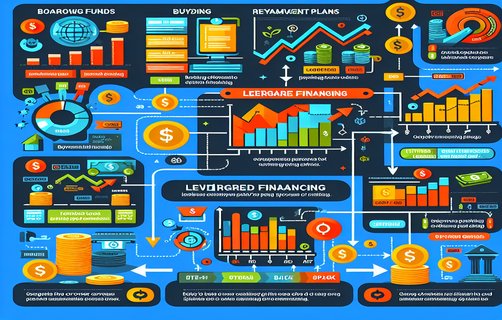探索股票配资的深海:从杠杆到协议的多重视角
Imagine you're standing at the edge of a vast ocean, each wave representing a different strategy in stock trading. As the tide comes in, you notice some surfers expertly riding these waves while others struggle to keep afloat. Welcome to the exhilarating yet treacherous world of stock margin trading, a realm where leverage can turn fortunes upside down.
When we talk about stock margin trading, the first question that pops up is, ‘What’s the deal with leverage?’ Leverage allows traders to control larger positions than their actual investment, which can amplify both gains and losses. For example, if you're using a 1:10 leverage ratio, investing a mere $1,000 could allow you to trade as if you had $10,000. But beware! It’s a double-edged sword; the potential for greater profit comes hand-in-hand with increased risk.
Take a glance at some recent market analyses. A report published by the Institute of Financial Studies suggests that over 60% of traders using high leverage ended up experiencing significant losses due to market volatility. Today, the landscape is increasingly cosseted with options trading—a way to hedge against potential losses or speculate on price movements without a hefty upfront investment. Yet, how many traders truly understand the complexities of options? Many jump in, thinking they’re surfing the waves, but end up caught in a riptide of confusion.
Let’s not forget the devil lurking in the details—the platform interest rates. Different trading platforms offer varying interest rates on the capital you borrow for margin trading. A trader must not only consider the potential return on investment but also the cost of borrowing that cash. A surprisingly high interest rate can eat away at your profits faster than you might think.


Now, let’s discuss the contracts that bind traders to their platforms—the margin agreements. Oftentimes these documents are dense and filled with jargon. Are traders really aware of what they’re signing? Many fail to grasp the implications of a margin call, where they may need to either pump more money into their account or risk liquidating their position. It’s a precarious balance between risk and return.
And what happens when a funding chain breaks? The repercussions can be catastrophic. Picture a scenario where a trader over-leveraged, and an unforeseen market downturn occurs. If liquidity dries up, not only are positions at risk, but so is the entire trading strategy. At this point, it’s critical for traders to have a robust risk management strategy that includes understanding their funding sources and how to effectively utilize them.
As we delve deeper into the mechanics of stock margin trading, it’s becoming crystal clear that education is key. Industry experts like Mark Minervini advocate for comprehensive knowledge before diving into this strategic playground. ‘Don’t just learn how to trade; learn how to protect your capital,’ he says.
In conclusion, stock margin trading can be a lucrative yet perilous endeavor. The interplay of leverage, interest rates, and funding dynamics creates a complex ecosystem that traders must navigate thoughtfully. As we continue to witness innovations in this space, the need for transparency, education, and responsibility will be more crucial than ever.
Now, we want to hear from you! What’s your experience with stock margin trading? Do you think leverage is a friend or foe? Have you ever faced a margin call? Vote your thoughts below:

评论
TraderJoe
Really insightful article! I wish I had known about margin calls earlier in my trading journey.
股票达人
杠杆投资确实很吸引人,但风险也很大,感谢分享这个深度分析!
MarketMaven
Leverage can be dangerous if you're not careful. This article does a great job explaining the risks.
小白投资者
我觉得学习保护本金的方法很重要,尤其在波动市场中!
InvestorGuru
Educational content like this is what we need more of in the trading community. Thanks!